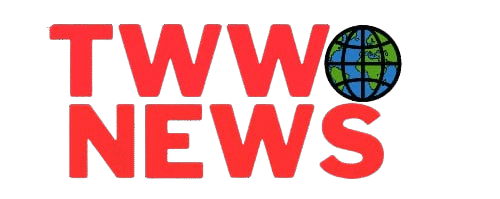In a high-profile meeting at the White House today, Apple CEO Tim Cook met with President Donald J. Trump to mark a historic milestone: Apple’s expanded commitment to U.S. manufacturing, now totaling a staggering $600 billion over the next four years. The moment was punctuated by a symbolic gesture—Cook personally presented President Trump with a custom-crafted gold Apple medallion, engraved with the words
“Designed in America, Built for the World.”
The gift, sources say, was meant to honor the administration’s support for domestic manufacturing and signal Apple’s deepening roots in the American industrial landscape.
“We’re proud to increase our investments across the United States and launch our new American Manufacturing Program,” Cook said earlier today, referencing the newly unveiled AMP initiative that will bring Apple’s supply chain deeper into U.S. soil.
🔧 What’s Behind the $600 Billion Surge?
Apple’s announcement includes: -A new $100 billion boost to its U.S. investment plan – Expansion of manufacturing partnerships in Kentucky, Texas, Arizona, and New York
– Creation of an end-to-end silicon supply chain on American soil
– Over 450,000 jobs supported across all 50 states
– Plans to hire 20,000 new employees, focused on AI, silicon engineering, and software
🏭 From Glass to Chips: America First in Apple’s Supply Chain
Key highlights of the AMP program:
– All iPhone and Apple Watch glass to be made in Kentucky
– Rare earth magnets sourced from Texas-based MP Materials
– Advanced chip packaging and testing at Amkor’s Arizona facility
– Cutting-edge semiconductor tech debuting at Samsung’s Austin fab
🤝 Optics of Power and Partnership
Today’s meeting between Cook and Trump was more than ceremonial—it was a strategic alignment of tech leadership and political influence. The gold gift, reportedly designed by Apple’s industrial team and forged in California, was presented in a minimalist black case with a single inscription: “600B for America.”
White House officials described the encounter as “cordial, focused, and forward-looking,” with discussions ranging from AI infrastructure to global supply chain resilience.

